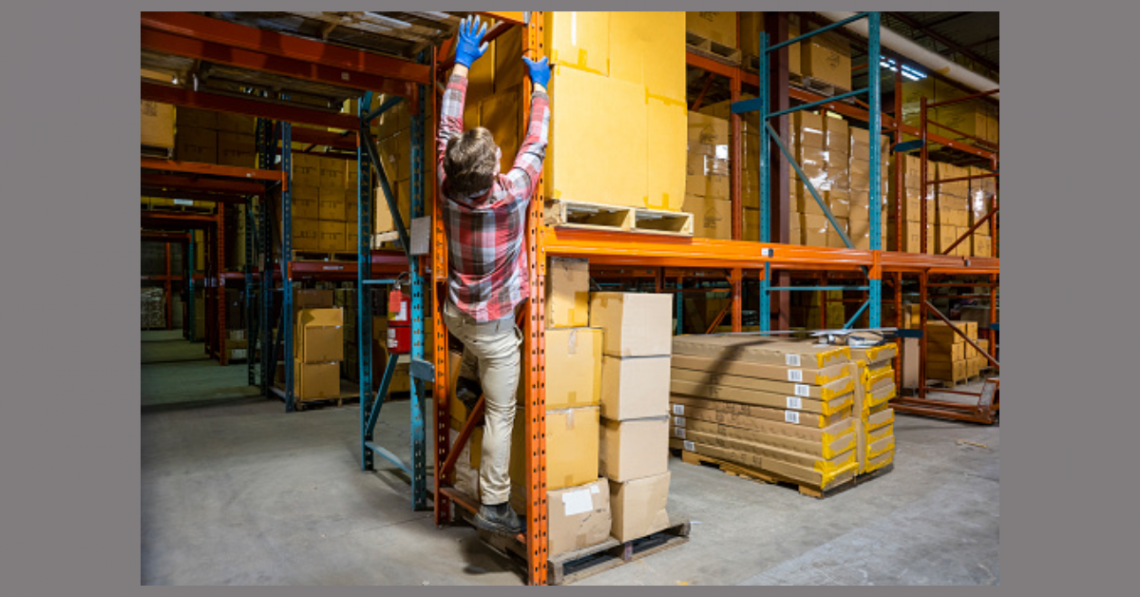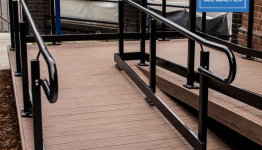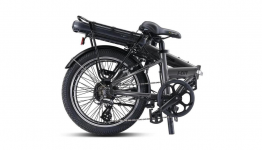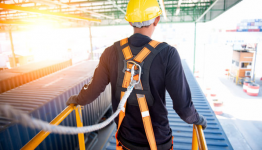04 August, 2022

Warehouse and office shelving can present a risk of injury from:
- Reaching above your head or bending below your knees to reach items.
- Climbing on lower shelves
- Being hit by a falling object
- Unstable shelving
- Lifting heavy items
It is the responsibility of the employer to manage risks to health and safety associated with manual tasks in accordance with Work Health and Safety Regulations.
It is recommended that items needed to be lifted, lowered and carried be stored at a height between the shoulders and the knees to avoid awkward reaching and bending postures.
Sound ergonomics principles can determine the ideal shelf height for workplace safety and efficiencies. Ergonomic design can ensure legal compliance and minimise risk whilest optimising productivity.
However, height is only one factor that must be considered when determining the overall suitability of a shelf for a given purpose.
Whether or not the shelf height and associated picking postures create a risk depends on consideration of all of the following task factors:
- The weight and dimensions of the products picked. The lighter and smaller items to be picked are, the less stress will be generated during each lift.
- The frequency of picking. How often per shift will workers be likely to have to reach up and pick from this shelf?
- The duration of picking. How long do workers pick for?
Use of a suitable mobile step or ladder would obviously allow safer access to a shelf like the one illustrated, if it was desirable that (slightly) heavier, larger and more frequently-picked items were to be placed there.
Whether or not a shelf height is suitable in the circumstances will be determined by the physical characteristics of what is put there, where on the shelf it is picked from, and how frequently it will be accessed.
Ergonomics is a powerful tool that can make a strong contribution to designing work and workplaces which are safe and optimised for human interaction.
It is highly recommended that employers speak with an expert (particularly engineers and ergonomists) to ensure the safety and comfort of staff.
You may also be interested in the following information and resources:








